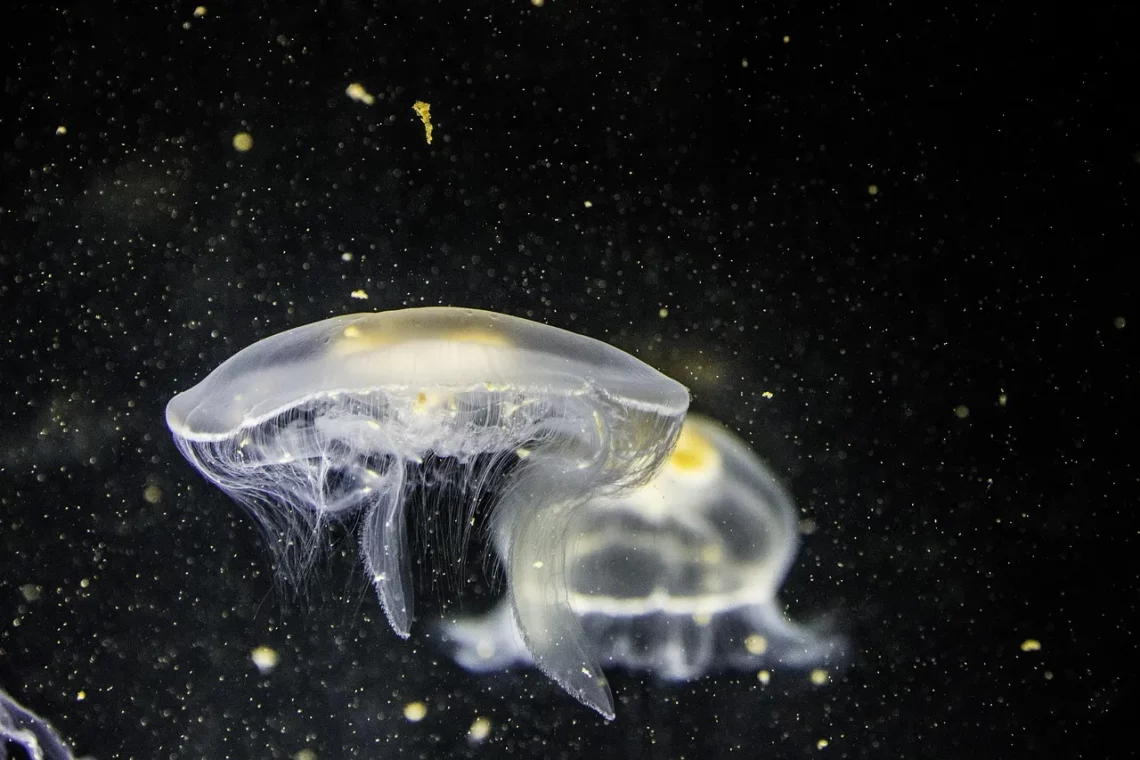
Male Betta Fish vs Female Betta Fish: Key Differences Explained
Betta fish, also known as Siamese fighting fish, are among the most popular aquarium pets due to their vibrant colors and unique personalities. Originating from the shallow waters of Southeast Asia, these captivating fish have become a favorite for both novice aquarists and seasoned fish keepers. They are not only visually stunning but also exhibit a range of behaviors that can be fascinating to observe.
When considering adding a Betta fish to your home, it’s essential to understand the differences between male and female Betta fish. This knowledge can influence your choice and help create a suitable environment for your aquatic companion. While both genders share some common characteristics, they exhibit notable differences in appearance, behavior, and care requirements. Understanding these distinctions will not only enhance your appreciation of these creatures but also help you provide the best possible care for them.
Whether you’re drawn to the males’ flamboyant fins or the females’ subtler beauty, knowing how to distinguish between the two can be beneficial for both aesthetics and compatibility in community tanks. This article dives into the key differences between male and female Betta fish, providing insight into their unique traits and care needs.
Physical Differences Between Male and Female Bettas
One of the most striking differences between male and female Betta fish lies in their physical appearance. Males are known for their extravagant fins and vivid colors, which are often the first feature that catches the eye. Their long, flowing fins can be quite dramatic, displaying a range of hues that can include blues, reds, purples, and greens. The males also tend to have a more elongated body shape, contributing to their overall elegant appearance.
In contrast, female Betta fish exhibit a more subdued coloration and shorter fins. While they can still display vibrant colors, their hues are usually less intense than those of males. Females often have a rounder, more compact body shape, particularly when they are in breeding condition. This difference in body shape can be particularly noticeable when the fish are placed side by side.
Another important physical characteristic to note is the presence of an ovipositor in females. This small white spot located near the anal fin indicates that the female is ready to breed, which is absent in males. It’s also worth mentioning that female Bettas can show a slight change in color during their breeding cycle, often becoming more vibrant when they are ready to mate.
Understanding these physical differences is crucial for anyone looking to breed Bettas or create a community tank. Males can be territorial and aggressive toward one another, especially if their fins are long and flowing, while females are generally more peaceful and can often coexist in groups, known as sororities, when kept in adequate conditions.
Behavioral Traits of Male and Female Bettas
Behaviorally, male and female Betta fish exhibit distinct differences that reflect their natural instincts and social structures. Male Bettas are notoriously aggressive, especially towards one another. This territorial nature can lead to fights if two males are housed in the same tank. Males often display a range of behaviors, such as flaring their fins, puffing up their gills, and performing elaborate swimming displays to assert dominance or attract females.
In contrast, female Bettas tend to be less aggressive and more social. They can often thrive in groups, provided there is enough space and hiding spots in the tank to reduce stress. Female Bettas are known to establish a pecking order within their groups, which can lead to some mild squabbling, but it’s generally less intense than the male’s aggressive behaviors.
During breeding, males take on the role of caretakers, constructing bubble nests for the eggs and protecting them until they hatch. They will often chase the female away after breeding to guard the nest, showcasing their instinctual protective behaviors. Females, on the other hand, will display a more nurturing demeanor during the breeding process but will not partake in the care of the eggs or fry after spawning.
Understanding these behavioral traits is essential for creating a harmonious aquarium environment. If you wish to house a male and female Betta together, it’s crucial to monitor their interactions closely and be prepared to separate them if aggressive behavior escalates.
Care Requirements for Male and Female Bettas
When it comes to care requirements, both male and female Betta fish need a similar environment to thrive, but there are some considerations that differ between the two. Firstly, Betta fish require a tank with a minimum size of 5 gallons, as smaller tanks can lead to poor water quality and increased stress.
Both genders benefit from a well-filtered tank with stable water conditions, including a temperature range of 76-82°F and a pH level of 6.5-7.5. However, males may require additional enrichment in their environment due to their more active nature. This can include floating plants, caves, and other decorations that provide hiding spots and stimulate their natural behaviors.
When it comes to feeding, both male and female Bettas thrive on a high-protein diet consisting of high-quality pellets, frozen or live foods such as bloodworms and brine shrimp. However, females may require a slightly different diet if they are breeding, as they need extra nutrients to support egg production.
Additionally, females can become egg-bound if not provided with proper breeding conditions or if they are housed with males that do not display interest in breeding. This can lead to health issues, so it’s essential to monitor their condition closely and consult an expert if signs of distress arise.
In summary, while both male and female Bettas share many care requirements, understanding their specific needs can help ensure they thrive in your aquarium setting. Providing a suitable environment for each gender will contribute to their health and happiness.
Choosing the Right Betta for Your Aquarium
When deciding whether to choose a male or female Betta fish for your aquarium, it’s essential to consider your experience level, tank setup, and personal preferences. If you are a novice aquarist, you might find female Bettas more suitable due to their lower aggression levels and easier compatibility with other fish.
For those looking to create a vibrant display tank, male Bettas with their stunning fins and colors can be a focal point. However, keep in mind that males should generally be housed alone or with non-aggressive species that won’t provoke them.
If you are interested in breeding, understanding the specific needs of both genders is crucial. Setting up a breeding tank with appropriate hiding spots, plants, and water conditions is vital for success.
Ultimately, the decision between a male and female Betta fish should be based on your aquarium goals, the tank environment you can provide, and your ability to manage their unique care requirements. Whichever you choose, both genders offer a unique charm that can enrich your aquarium experience.
In conclusion, male and female Betta fish possess distinct differences that affect their appearance, behavior, and care needs. Understanding these differences is key to ensuring that you provide a suitable environment for your Betta fish, whether you choose the flamboyant males or the subtly beautiful females.
Please note that this article is for informational purposes only and should not be considered medical advice. Always consult a healthcare professional for medical concerns or questions.




